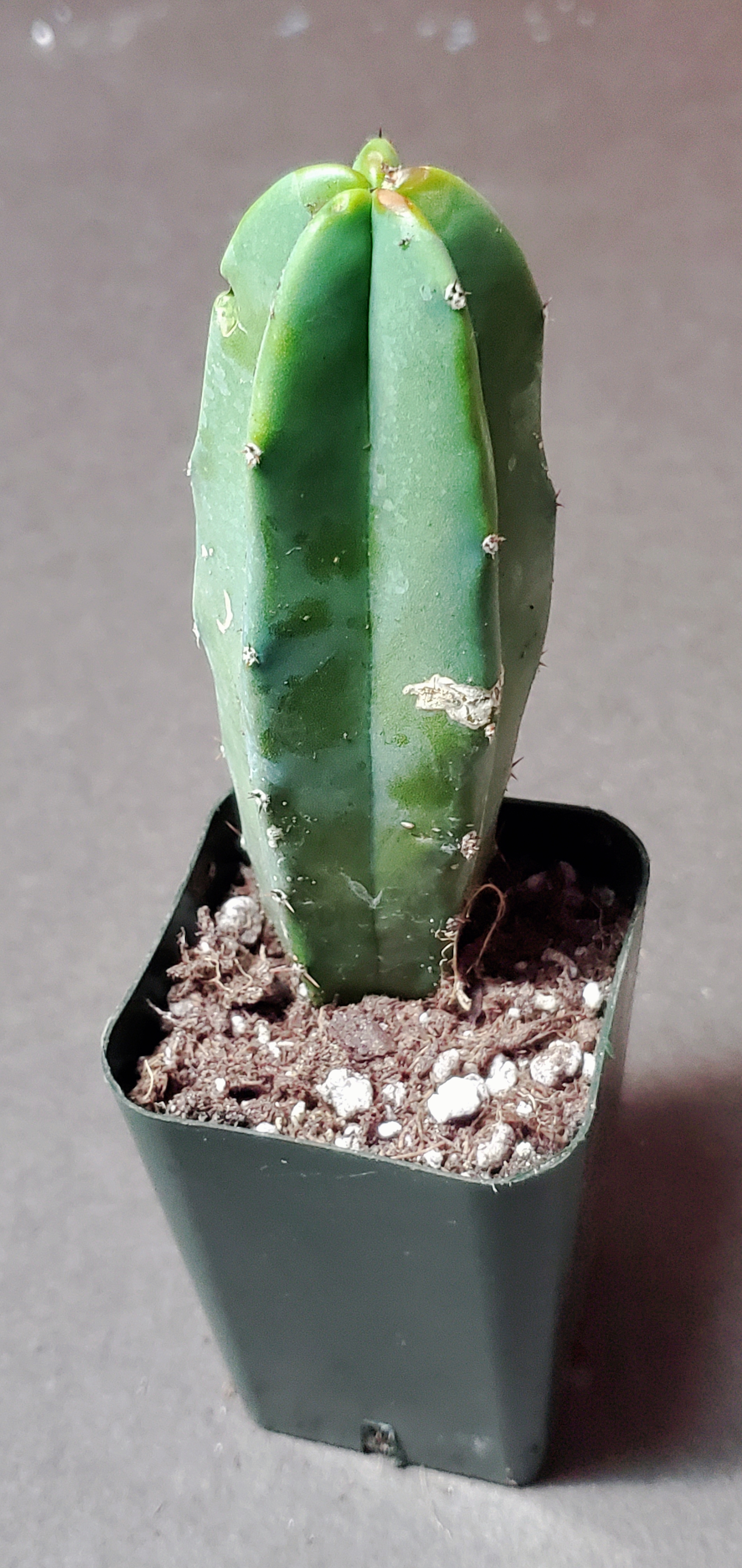


We then watch it closely in the summer and give the plant more water.īefore giving your cactus a drink, always remember to test the soil first. We recommend watering your Pilosocereus plant about once a week for most of the year. Pilosocereus are pretty thirsty cacti! Some gardeners report that they need water almost daily during the warmer months. We like this one because it has perlite, sand, and limestone, which all promote drainage and help the ground dry out faster. That’s why it’s essential to use cactus soil with lots of gritty ingredients. Pilosocereus can handle more water than other succulents and cacti, especially in the summer, but you still have to be careful not to overwater them! Their roots will start to rot if they sit in too much water or soil that doesn’t drain well.
#Blue cactus how to#
But first, you’ll have to learn how to care for it! Keep reading to find out what you need to do to keep the newest addition to your succulent collection happy and healthy. You’re probably dying to get your hands on one of these bright blue beauties so you can plant the cactus in your garden. They also tend to do better outdoors because they need so much direct sunlight, so that’s something to keep in mind.īright orange spines How To Care For The ‘Blue Torch Cactus’ Pilosocereus Some species reach 32 feet before they’re done growing! Because of how tall they get, most succulent gardeners plant them outdoors in the ground instead of keeping them in pots inside. One more thing to note about Pilosocereus is that they can get to be tall. These are some of the most colorful cacti we’ve ever seen, so they’re a great way to inject a little color into your garden! Many of them have bright orange spines and vibrant blue flowers that match their beautiful blue stems. Two other things that make these blue cacti unique are their beautifully colored spines and flowers. It’s probably one of the funniest plant names we’ve ever come across, but it makes sense! These blue cacti have a columnar shape that resembles a candlestick, and they are pretty hairy because of all that white wool! Pilosocereus roughly translates to “hairy candle” in Latin. Many species of Pilosocereus also have white wool covering them, which is how the whole genus got its name. There are about 50 different species of cacti in this genus, and although not all of them are that vibrant bright blue color we love, many of them are! Pilosocereus is a genus of tall columnar cacti found in warm areas of the world like Mexico, Brazil, and the Caribbean. Pilosocereus azureus Origins Of Pilosocereus Pachycladus


 0 kommentar(er)
0 kommentar(er)
